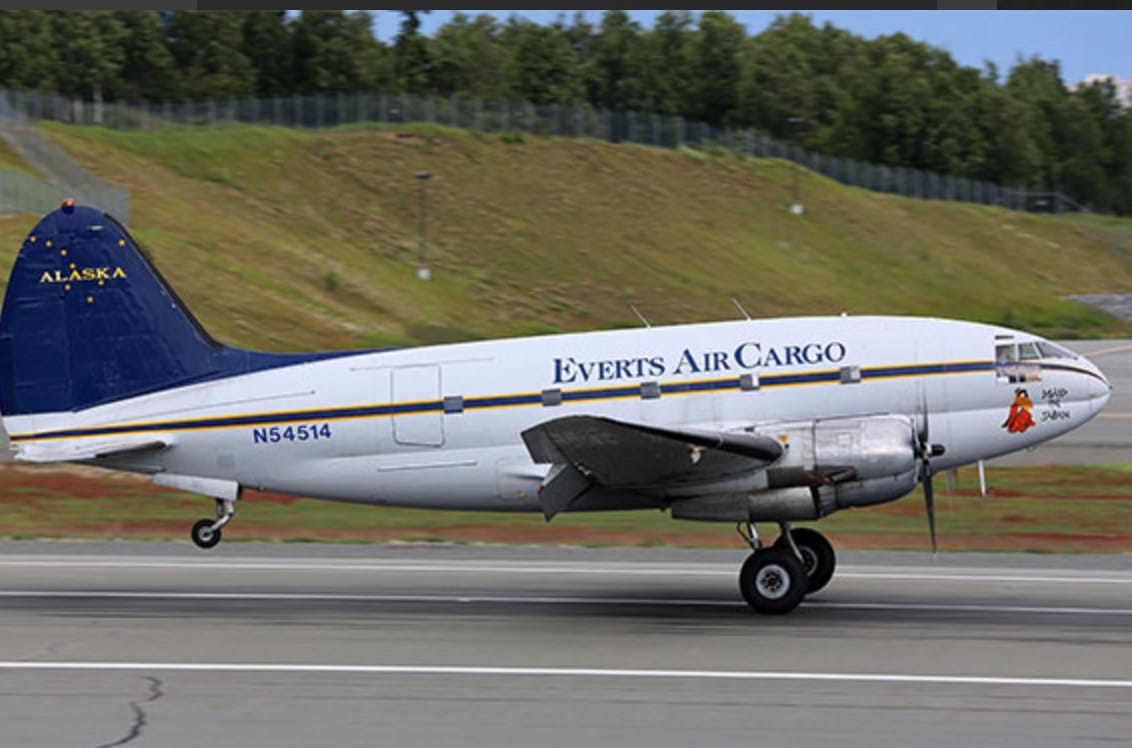The C-46 Commando by Curtiss-Wright during World War II, was an aircraft that looked ahead of its time. The aircraft was initially designed as a sleek commercial airliner. And like most airliners during this era, it was overbuilt and easily able to handle cargo too. However, it turned out to be a flop compared to its competition of the day, the Douglas C-47 Skytrain. particularly during World War II.
Design Challenges Held It Back

The Curtiss C-46 Commando is a perfect case of an aircraft that tried to incorporate too many technical advancements into one iteration. Curtis faced numerous design and development issues that hurt its operational performance. Curtis initially promised to deliver a pressurized airliner that could cruise comfortably above others competitors of the day. The challenges became more apparent though as it was adapted for military use. The C-46 intricate design, gear problems, and Pratt and Whitney R-2800 engines made it complex to fix and its bulky structure (required for pressurization) made its cargo carrying capacity limited.
Operations In Combat Struggled
The aircraft was initially envisioned as one that would excel in the Pacific, particularly in mountainous regions where the benefits of pressurization could be more fully exploited. That theory was tested during resupply operations between China and India, aka “The Hump.” Martin Caidin wrote in his book The Hump: The Great Military Airlift of World War II that while the aircraft’s higher payload capacity compared to the C-47 was a helpful, its mechanical reliability in rugged terrain and unimproved fields made operations difficult. While the aircraft’s range did prove useful, it was never an easy plane to maintain, load, or operate.

C-46 vs. C-47 Wasn’t Even a Close Contest, except for range
While a betting man before the war might have put his money on the more advanced C-46, it would have resulted in massive losses. The C-46 struggled compared to the simpler and more rugged C-47. The C-47 proved its mettle in the European theater with its notable ability to take battle damage and its repeated use on unimproved fields. The C-46 did have a notable advantage of range, nearly double the range of the C-47. Despite all of its shortcomings, its range was its primary asset. The C-46 could fly almost 2,800 nm unrefueled. This was nearly double the range of the C-47 which topped out at 1,500 nm.
On the otherhand, the C-47 was loved by nearly everyone who used it. The pilots appreciated its simplicity and sturdiness. Maintenance appreciated how relatively easy it was to repair and maintain, planners liked its dependability and versatility, and bean counters appreciated its lower maintenance costs and resource outlay.
After The War
Despite all its shortcomings, the C-46 still remained operational for quite a while. The C-46 had a limited role in the Korean War and a few civilian operators kept the plane in use afterwards.

Even today, Alaskan operator Everts still flies the venerable C-46. There are a few others still in use around the world too. N78774 also still occasionally flies in full military colors.

The legacy of the C-46 is complex. It was a decent contributor for the Allies in the war. However, it was held back by a number of shortcomings. Most would call it a weak design, but calling it a failure would be way to harsh.
